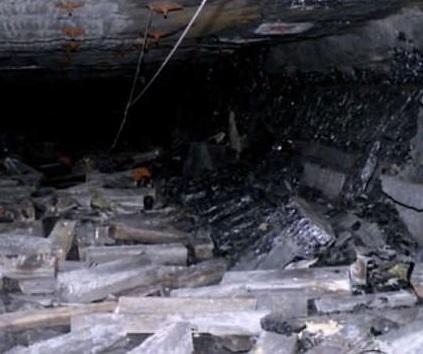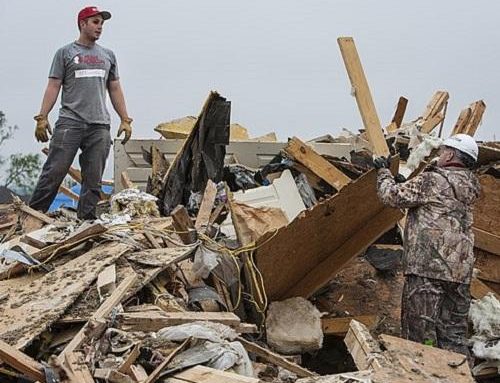The Upper Big Branch Mine Disaster of 2010 was one of the deadliest coal mining accidents in the history of the United States. The disaster occurred on April 5, 2010, in the Upper Big Branch coal mine in West Virginia, and claimed the lives of 29 miners. The tragedy remains one of the most significant events in the history of coal mining in the United States and serves as a reminder of the dangers faced by miners and the importance of workplace safety.
The Upper Big Branch Mine was a large underground coal mine that produced coal for the energy industry. On the afternoon of April 5, 2010, an explosion occurred in the mine, killing many of the miners and injuring others.
MSHA concluded its investigation on December 6th, 2011, stating that the disaster was an entirely preventable coal dust explosion. It said “the root cause of the tragedy” was “unlawful policies and practices” of the company and issued 369 citations at the same time as the report.
The response to the disaster was immediate, with rescue teams and first responders rushing to the mine to assist in the search and rescue efforts. However, the conditions in the mine were treacherous, with the explosion having caused widespread damage and the risk of further explosions hindering the rescue efforts. Despite the efforts of the rescuers, many of the miners remained trapped underground, and the final death toll was reported to be 29 men.
The Upper Big Branch Mine disaster had a profound impact on the coal mining industry and the wider community in West Virginia. The tragedy was a stark reminder of the dangers faced by miners on a daily basis and the need for increased safety measures in mines. The disaster also highlighted the inadequate safety regulations in place at the time, leading to a public outcry and calls for reform.
MSHA criticized the company, Massey Energy, for its lax safety policies. For example, the company was fined $382,000 in 2009 for serious violations of safety regulations such as lacking ventilation and proper equipment plans, as well as failing to properly use its safety plan. The CEO, Don Blankenship, has received criticism for his apparent disregard of safety and the mine has received over 1,300 safety violations since 2005 and over $2.2 million in fines from 1995 to 2010 for safety violations. Some of the miners have claimed that the mine officials disregard safety rules, bribe judges and work the employees to exhaustion. The infractions prior to the explosion were often related to an increase in coal production. MSHA stated in its summary of its report: “While the investigation found the physical conditions that led to the coal dust explosion were the result of a series of basic safety violations at UBB, which PCC and Massey disregarded, the report cites unlawful policies and practices implemented by PCC and Massey as the root cause of the explosion — including the intimidation of miners, advance notice of inspections, and two sets of books with hazards recorded in UBB’s internal production and maintenance book but not in the official examination book. The investigation found that the operator promoted and enforced a workplace culture that valued production over safety, including practices calculated to allow it to conduct mining operations in violation of the law.”
The Upper Big Branch Mine disaster had a lasting impact on the local community in West Virginia. The loss of so many lives in a single disaster was devastating, and many families were left without a breadwinner. The tragedy brought the community together, however, and helped to raise awareness of the importance of workplace safety.
In conclusion, the Upper Big Branch Mine disaster of 2010 was a tragedy that claimed the lives of 29 miners and had a profound impact on the coal mining industry and the wider community in West Virginia. The disaster serves as a reminder of the dangers faced by miners and the importance of workplace safety. The reforms that were introduced in the aftermath of the disaster helped to improve the working conditions for miners and to prevent similar tragedies from occurring in the future.










